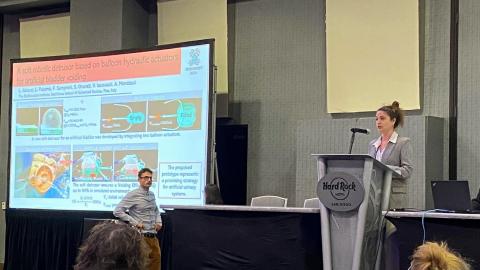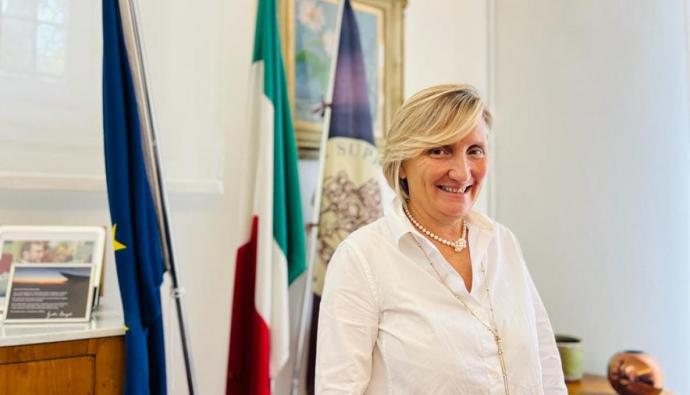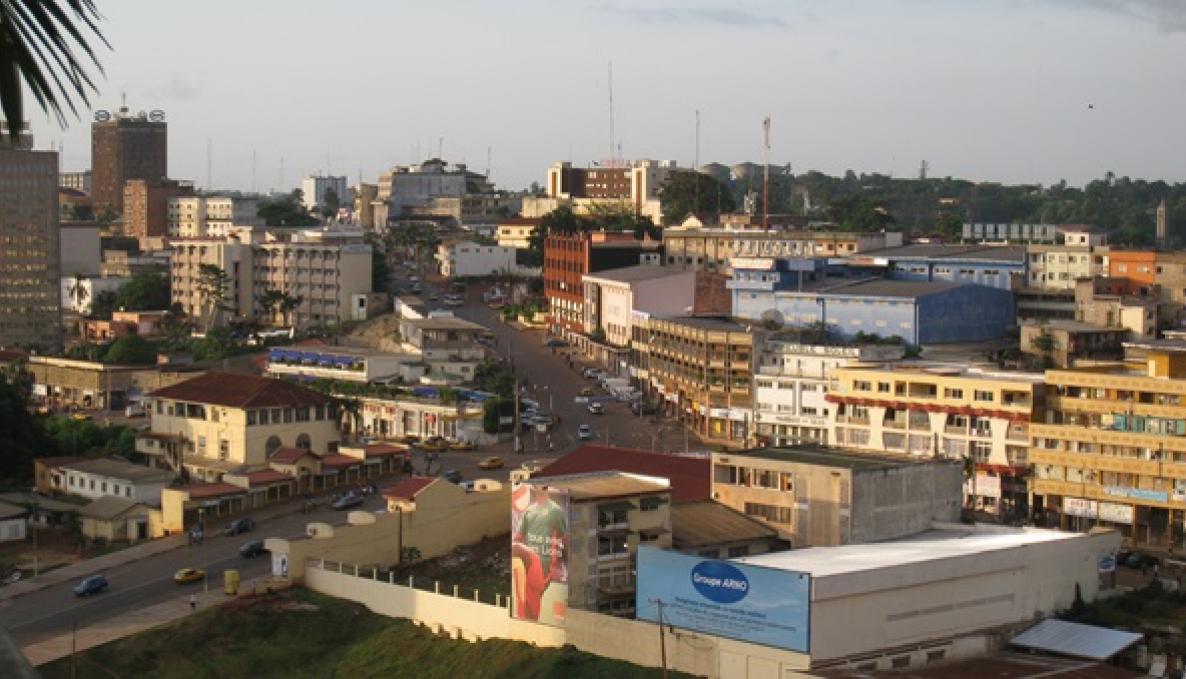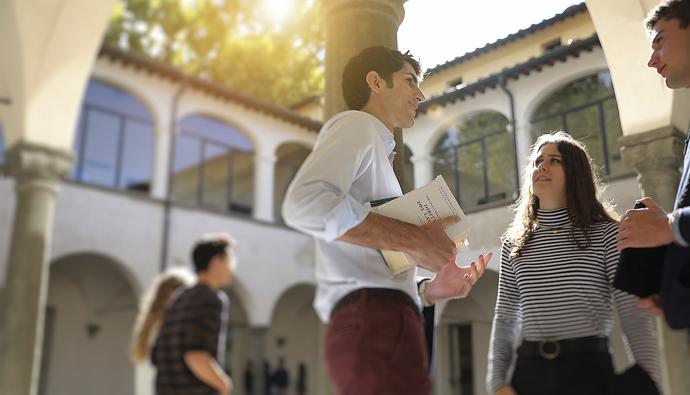Robosoft 2024, the international conference to explore the latest frontiers of soft robotics. The contribution of the BioRobotics Institute of the Sant'Anna School
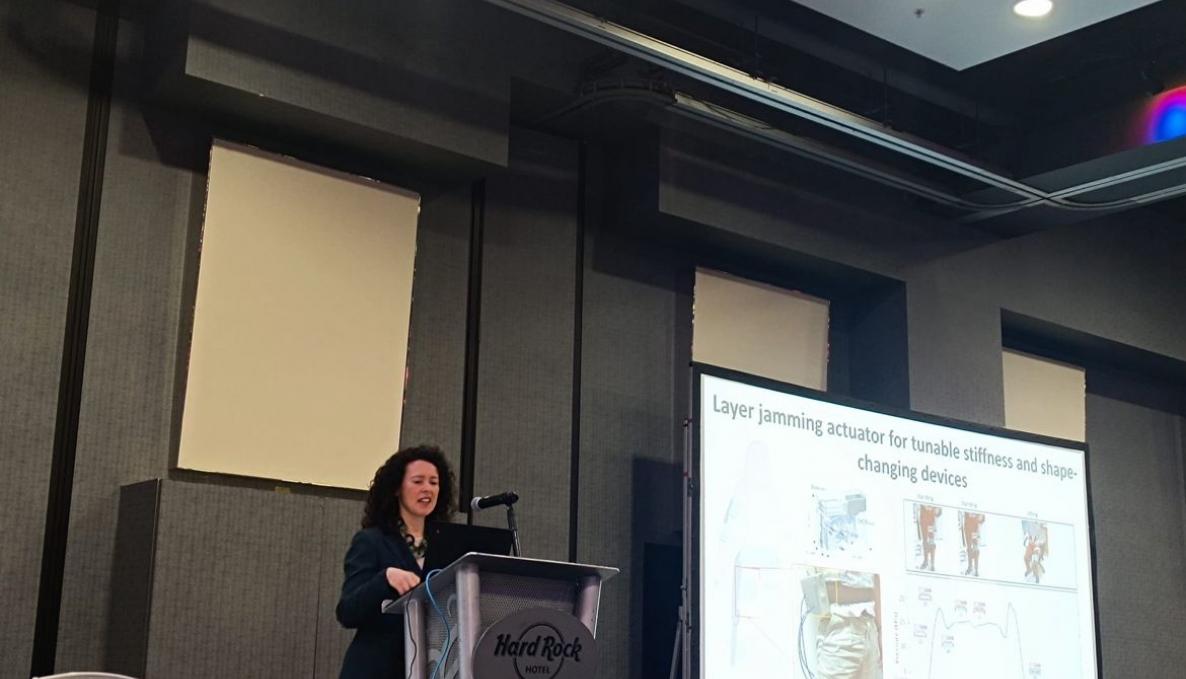
The BioRobotics Institute of the Scuola Superiore Sant'Anna took part in the seventh edition of Robosoft 2024, the international conference on soft robotics taking place in San Diego (USA) from 14 to 17 April 2024. This year's theme was 'Soft Robotics for Exploration': the demands of exploration require adaptive, resilient, and autonomous systems, whether mapping the earth's surface and ocean depths, or inspecting within the human body.
Many realities of the Institute were present at the conference: Arianna Menciassi, vice-rector of the Scuola Sant'Anna and full professor in industrial bioengineering, coordinated the plenary session entitled "Medical Applications of Soft Robotics: Mirage or Keystone?", while Linda Paternò, assistant professor r in industrial bioengineering at the Institute of BioRobotics, presented a recent work on the development of a soft and biomimetic artificial urinary bladder. Other professors and researchers who spoke included researcher Egidio Falotico, scientific head of the BRAIR Lab, which is involved in research on brain models for motor control, sensorimotor coordination and cognition in autonomous robots, professor Matteo Cianchetti, scientific head of the Soft Mechatronics for BioRobotics Laboratory, whose aim is to develop a series of enabling technologies for Soft Robotics, and Cecilia Laschi, currently a professor at the National University of Singapore.
Soft robotics in the medical and surgical fields
Arianna Menciassi coordinated the plenary session entitled "Medical Applications of Soft Robotics: Mirage or Keystone?": a survey of the various soft robotics solutions in the field of medical robotics, from wearable and implantable devices to high-fidelity simulators, from artificial organs to manipulators for robotic surgery.
The plenary session was also an opportunity to present the activities of the Surgical Robotics and Allied Technologies Area, the research area coordinated by Arianna Menciassi, whose main challenge is to bridge the gap between diagnosis and therapy by developing platforms, enabling technologies and components capable of treating different pathologies inside the body.

